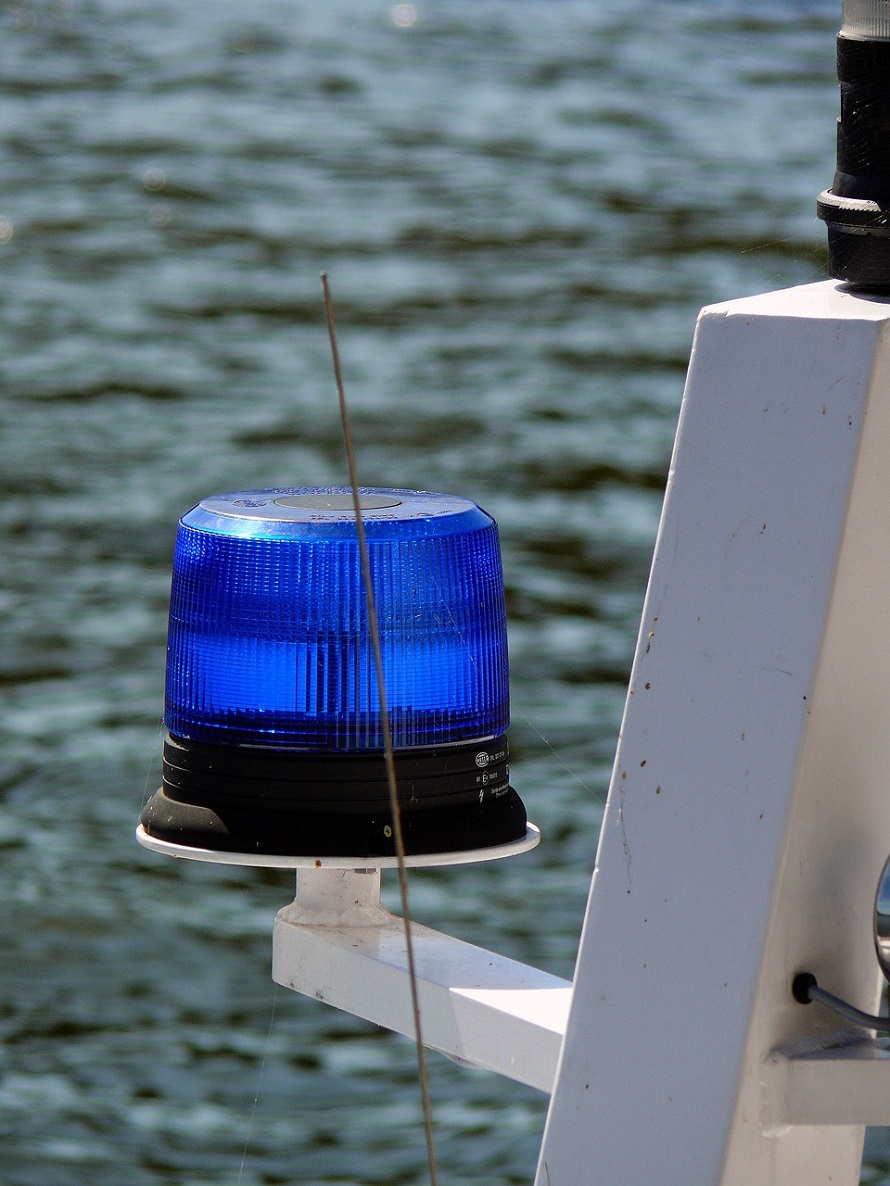Industry
Optimal Placement of Industrial Siren Alarms for Maximum Effectiveness
Industrial sirens warn employees of potential hazards, from fire and gas leaks to machinery malfunctions. Their piercing sound can make the difference between a swift evacuation and a catastrophic incident. Yet, their effectiveness hinges not just on their volume or tone, but critically on their placement. In sprawling industrial environments, their optimal placement ensures that every corner, from the bustling factory floor to the quiet storage areas, is covered.
It’s advisable to keep your business safe with a resilient and omni-directional siren alarm from one of the top brands, like Klaxon, E2S, and Moflash. They offer some of the best options on the market, designed to ensure that everyone in your facility can be alerted promptly and effectively in case of an emergency. These devices support your safety protocols and ensure that your business and your team are always protected.
Height
One of the most common questions about industrial siren alarms is how high you should position them. The height is crucial because it ensures that the sound is well distributed without impairing the hearing of those nearby. To achieve this, you need to position the devices at a height where there are no obstacles that could block sound transmission.
Make sure to place them at a greater height than surrounding structures. This unobstructed placement allows the sound to travel freely, covering a wide area effectively. This high vantage point ensures that nothing obstructs the acoustic warning signal, allowing it to reach as many people as possible.
Optimal placement at the correct height not only maximises the effectiveness of the siren alarm but also ensures that the sound is distributed evenly across the area. This thoughtful positioning helps to maintain safety by ensuring that everyone can hear the alarms clearly, without the sound being too overwhelming for those who are close by. Getting the height right is a key part of your safety strategy, ensuring your warning system works as intended.
Direction

source: pixabay.com
Another key consideration when it comes to industrial and fire alarms is the direction they’re facing. While omnidirectional sirens are great for evenly distributing sound in all directions, they’re not always the best choice for every situation. The placement and direction of these devices need to be carefully considered based on factors like the number of workers and the level of risk in the area.
For instance, in narrower areas, where it’s crucial to ensure that warning signals travel effectively, a bidirectional horn arrangement is a common solution. This setup targets the sound in specific directions, effectively alerting those in the path of danger.
Similarly, in industrial settings, it’s often necessary to focus the sound primarily in one direction. This directional approach helps to ensure that the warning reaches the intended recipients without unnecessary dispersion. By arranging the horns appropriately and directing the sound where it’s needed most, these devices can effectively alert people to potential hazards, helping to enhance safety in various environments. The right directionality ensures that your employees hear the warning signals clearly and promptly, contributing to overall emergency preparedness and response.
Obstructions
The last thing to keep in mind is the presence of obstructions in the area. These could be anything from buildings and equipment to tall structures like chimneys or towers. It’s crucial to avoid placing an industrial siren directly on top of any obstruction. If it’s too high, the warning signals might not reach everyone effectively, especially if walls or other barriers are blocking the sound. Instead, aim to position the alarm at a lower level where it can transmit sound more effectively to all areas of the facility.
However, simply lowering the alarm isn’t enough. Proper directionality is also essential to ensure everyone can hear the signal clearly. Make sure to angle the alarm appropriately, so you can direct the sound in a way that minimises obstructions and maximises coverage, ensuring that everyone receives timely alerts in case of emergencies. Incorporating these considerations into the placement of your siren alarms helps to enhance safety measures and ensure that warning signals are heard loud and clear.
What Are the Benefits of Using Industrial Sirens?

source: pixabay.com
Here are the perks of having those trusty siren alarms keeping watch over your building:
- These devices emit high-decibel sounds that make sure your employees are aware of any impending danger;
- Even if the area is decked out with the latest in security tech, industrial alarms ensure you’re covered from all angles in case of emergencies;
- Imagine if a thief tried to sneak into your property unnoticed. The strobe light on these devices starts flashing, and the alarm blares so loudly it sends them running for the hills;
- In the event of an emergency, every second counts. That blaring siren acts like a beacon, guiding emergency responders straight to your property without a second’s delay;
- Perhaps the most crucial benefit of all is that the siren’s wail gives your team precious moments to get to safety. Instead of having to individually warn everyone, the alarm does the job for you, giving everyone a head start to escape harm’s way.












